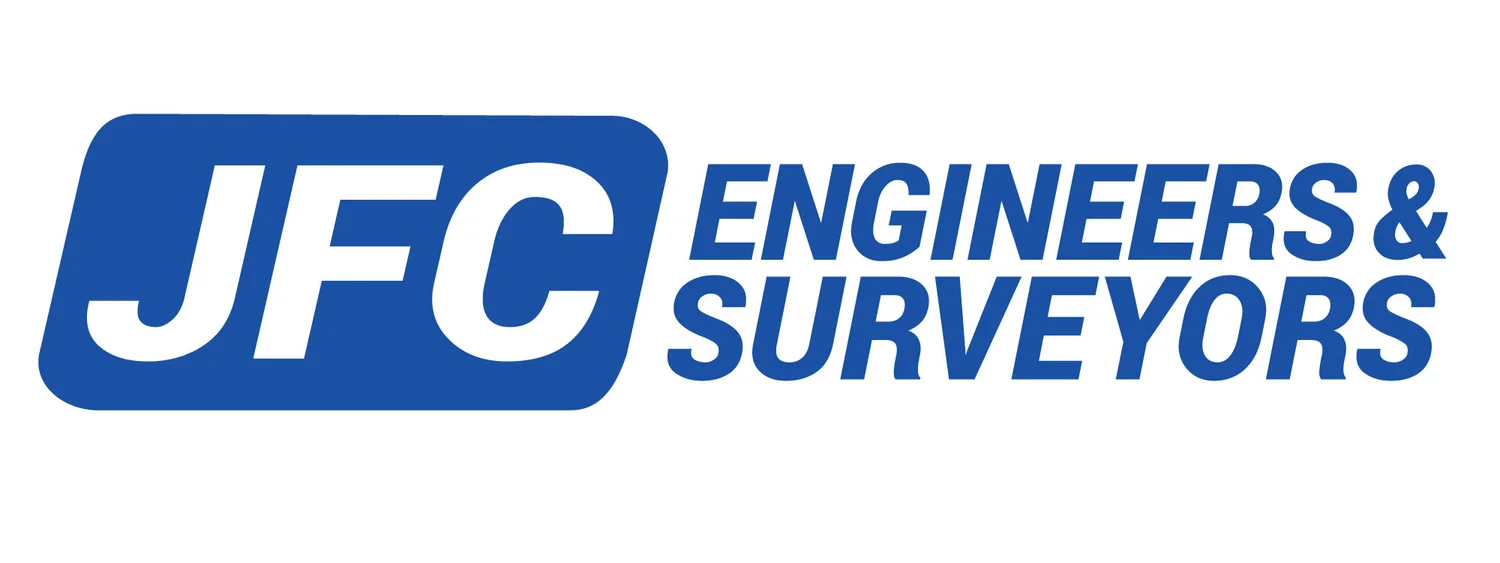Geographic Information Systems
A Geographic Information System (GIS) is a technical service provided by JFC Engineers & Surveyors to electronically capture, analyze, store, and visualize geospatial information. GIS technology analyzes geographically referenced information and visualizes its relationships and trends in maps, reports, and charts. A GIS organizes and stores large amounts of spatial data efficiently and assists clients with business decisions. A GIS is a committed companion to lead the users to successful decisions.
GIS Projects
As-Built Gas Gathering Systems in Sublette County, Wyoming
JFC has been constructing an integrated geospatial database of as-built gas pipeline systems in the greater Jonah field. Pipelines, meters, valves, pig traps, and many more pipeline amenities were surveyed with attribute information and were integrated into a GIS system. The as-built data has been utilized by many different entities. The frontline operations in Pinedale, Wyoming use GIS systems to locate or identify the pipelines. Operation Engineers utilize the data for their pipeline route assessments. The as-built data has been incorporated into the Master Geographical Database.
AML - Skyline Village and Blairtown Projects in Rock Springs, Wyoming
Several years of abandoned mine lands grouting information was stored in handwritten format. JFC integrated the information into a GIS database and the information is now managed electronically. The new geographical database for the abandoned mine lands was developed with attribute tables containing grouting information on a hole-by-hole basis. GIS made it easy to link the geographic features with the hole information. The original written documents such as borehole data and drilling logs were also hyperlinked to the GIS database. The hyperlink tool in GIS allows opening scanned documents in a PDF format. The abandoned mine lands mapping that JFC created can be utilized by AML employees as well as JFC employees. The mapping assists grouting construction crews with grout hole placement because of the high resolution of the background aerial photography. The capability of producing visually attractive and easy-to-understand maps is one of the strongest advantages of incorporating GIS into projects

